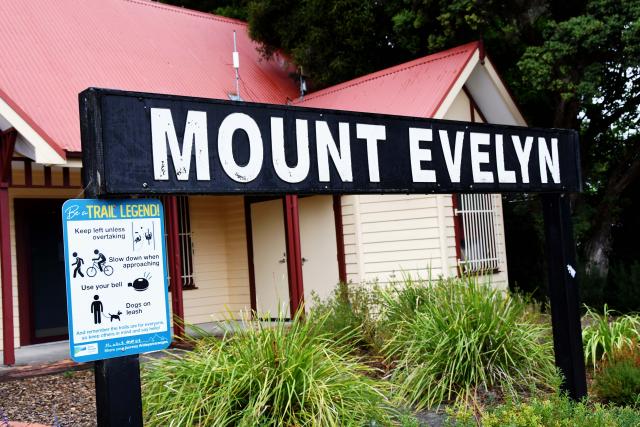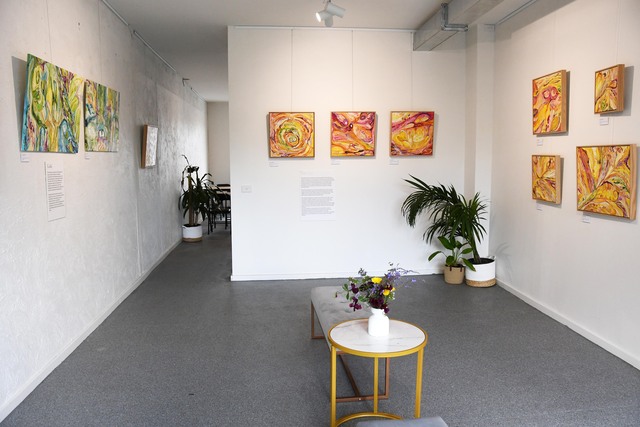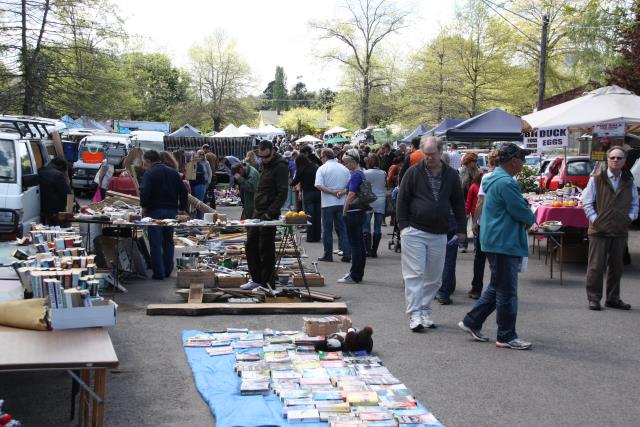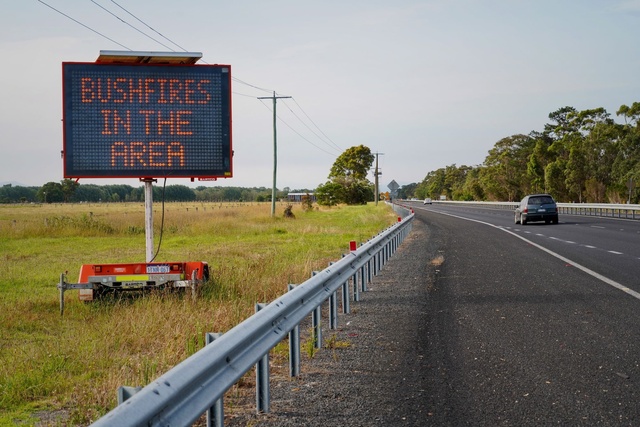Mount Evelyn acquired a stock of local names from the early years of European settlement. People referred to a location by the selector’s name, as ‘So-and-so’s Paddock’ or ‘Corner’.
‘Reaburn’s Paddock’ was on James Reaburn’s selection on Old Gippsland/ Old Hereford Roads. The floodplain between Olinda Creek and York Road, which was taken up in 1876 by Mary Ann Brown, was called ‘Brown’s Flat’. Part of this area became ‘Pitt’s Paddock’ after a later owner, George Pitt, who built the Presbyterian Church.
Daniel Clancy brewed and sold sly grog on his selection between Bailey and Clegg Roads. When the railway was planned, the initial choice for the station site was on his land and was marked on the map as ‘Clancy’s Corner’.
‘Winter’s Swamp’ was the marshy land where Hunter Road crosses Stringy Bark Creek. The block to the east of Hunter Road was selected in 1884 by Samuel Winter, part-owner and editor of the Herald.
The area southeast of Clegg Road was until recently called ‘McKillop’, with the same postcode as Mt Evelyn but with its own post office and store. Selector John McKillop had a picturesque history (even captured by pirates off South America). After he moved to Western Australia in 1906 his name lived on, still surviving in ‘McKillop Road’ and ‘McKillop Creek’.
Other locations were named after plants or birds commonly found there. ‘Mistletoe Bend’ was located on Olinda Creek at Mt Evelyn Reserve, and ‘Wattle Flat’ at the Recreation Camp site. York Road took a sharp bend at the bridge and this was known as ‘Bellbird Corner’, from the bellbirds often heard near the creek.
‘Kookaburra Corner’ was an exception. In the 1960s this was an unnamed cutting off Hereford Road, where the local youth used to gather. The spot was always good for a laugh, so became known as ‘Kookaburra Corner’ (now Kookaburra Lane). Some local identities were allegedly conceived there.
Then there were mystery names that were the subject of contested stories, or none.
There are at least three explanations for ‘Billygoat Hill’, between Fernhill Road, Bourke and Russell Streets. The best supported version claims the name came from some goats illicitly ‘borrowed’ from South Melbourne by one of Clement Deschamps’ vine-stick cutters in the 1860s. A goats’ racetrack was set up at Billygoat Hill, where the goats featured in bush sports.
In the 1920s there was an intriguing sign on Monbulk Road, ‘To Olinda Creek and Honeymoon Island’. What was Honeymoon Island, and why was it so named? History is silent.







